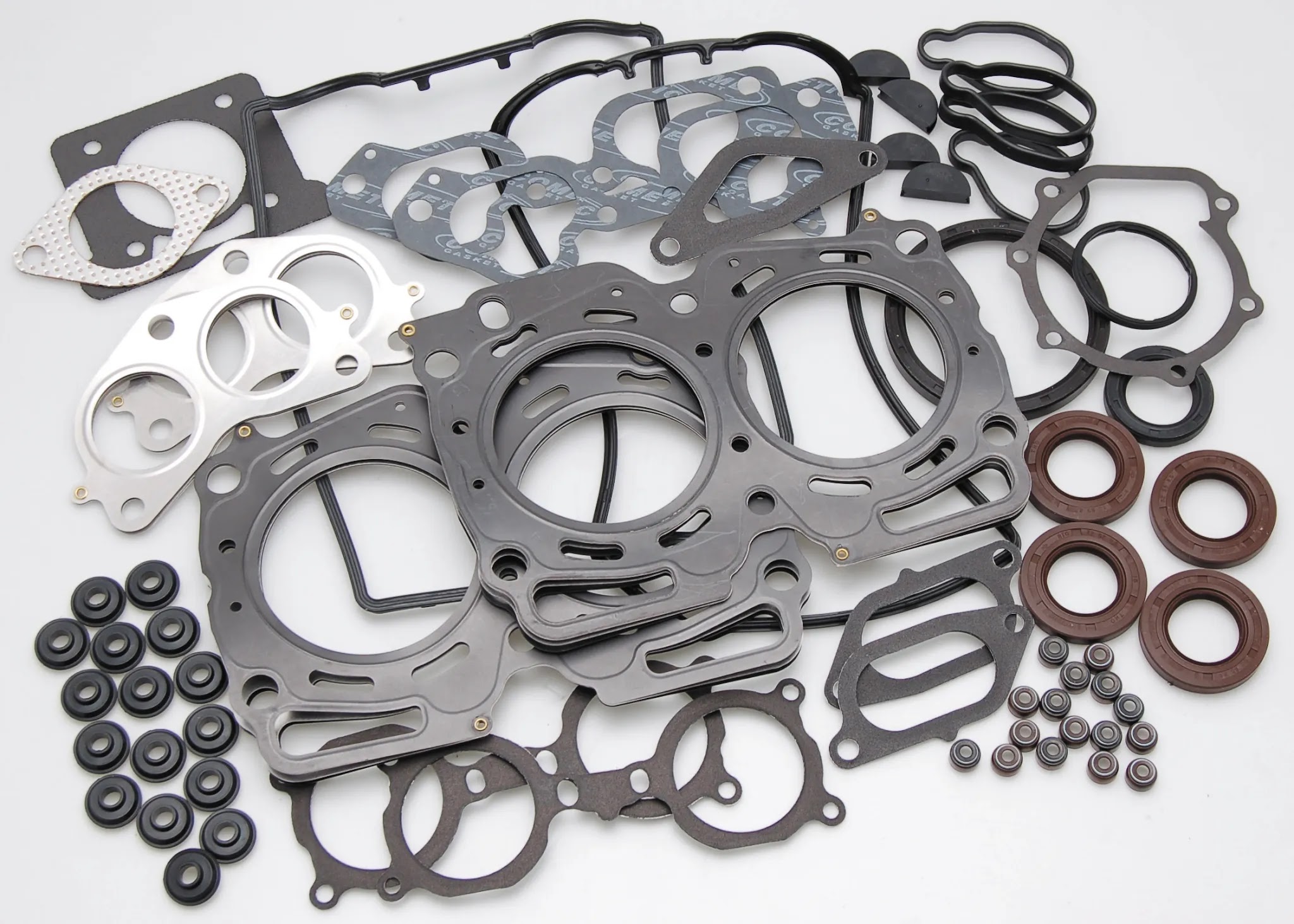What Is An Engine Gasket?
The engine gasket is a device installed between the cylinder head and the cylinder block to prevent leakage, guarantee a metallic tight fit, and maintain cylinder compression. High pressure and severe temperatures should not be a problem for the gasket. Thousands of components make up each vehicle.
While this may seem self-evident, all these components must function properly to guarantee smooth and safe road travel. A small component called a gasket is something you may not pay much thought to or perhaps underestimate its significance.
Cylinder Head Gaskets
The cylinder head gasket prevents combustion gases from entering the coolant system. They are usually constructed of copper and sit between the engine block. The compression ratio within the combustion chamber may be affected by the thickness of the head gasket. Due to the tremendous heat, head gaskets on earlier cars had a shelf life and would wear out considerably closer to the combustion chamber's margins. This would lower the pressure within the combustion chamber, perhaps causing the engine to fail.
Oil Pan Gasket
The engine of your car is made up of many different parts. The oil pan is located at the bottom of the block, covering the crankcase and attached to the engine. This device serves as a reservoir for motor oil, which is used to lubricate and cool moving components of the engine. A gasket that joins the bottom of the oil pan to the bottom of the engine block prevents oil from escaping as it travels from the pan to the engine block and back again.
However, since oil is continuously flowing, no vehicle is immune to oil leaks. Oil leaks are often caused by a worn oil pan gasket or the oil pan itself. Here is all you need to know about your car's oil pan gasket.
Manifold Gaskets
Manifold gaskets come in two varieties. For starters, the intake manifold gasket controls the internal temperature of the combustion chamber and prevents air from escaping during the combustion process. This ensures that the fuel mixture has the proper oxygen, allowing the engine gasket to run smoothly. On the other hand, the exhaust manifold gasket serves a similar purpose but in a different place. It sits between the cylinder head and the exhaust manifold. If these gaskets break, the engine's efficiency will suffer significantly.
Pump Gasket
Asbestos, karropak, felcoids, and other materials are used to make pump gaskets. Oil, water, fuel, and anti-freeze liquids are all resistant to them. Karropak is a premium vegetable fibre. Felcoid, on the other hand, is a highly compressible and robust blend of fibre and cork granules.
Intake Gaskets
The correct combination of gasoline and oxygen is required for optimal engine performance, and intake gaskets keep air from escaping and control the temperature within the chamber.
The temperature within the chamber is controlled by the intake manifold engine gasket, which also prevents air from escaping during combustion. This ensures that the fuel mixture has the proper quantity of oxygen for the engine to run smoothly.

Comments
Post a Comment